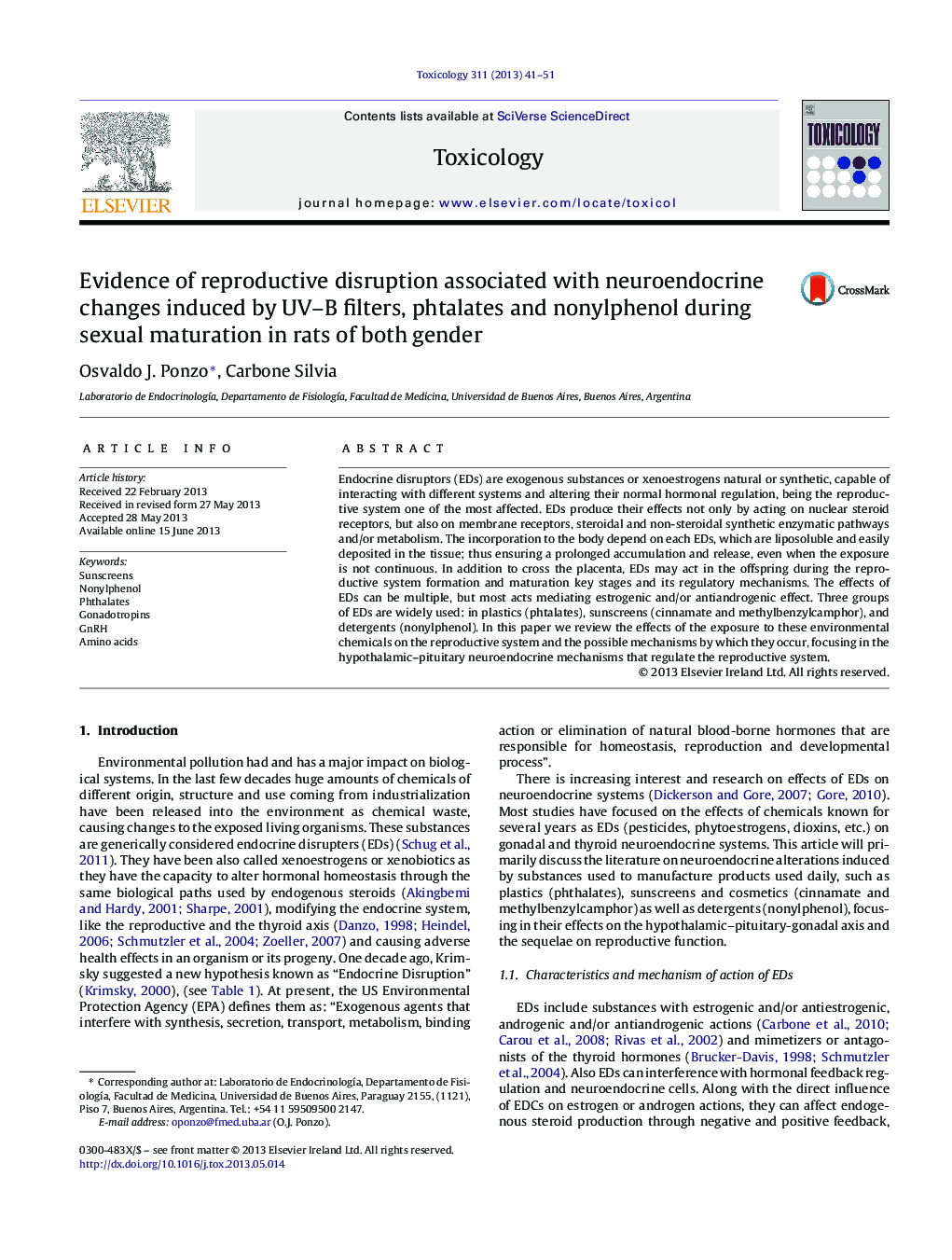| Article ID | Journal | Published Year | Pages | File Type |
|---|---|---|---|---|
| 2595664 | Toxicology | 2013 | 11 Pages |
Endocrine disruptors (EDs) are exogenous substances or xenoestrogens natural or synthetic, capable of interacting with different systems and altering their normal hormonal regulation, being the reproductive system one of the most affected. EDs produce their effects not only by acting on nuclear steroid receptors, but also on membrane receptors, steroidal and non-steroidal synthetic enzymatic pathways and/or metabolism. The incorporation to the body depend on each EDs, which are liposoluble and easily deposited in the tissue; thus ensuring a prolonged accumulation and release, even when the exposure is not continuous. In addition to cross the placenta, EDs may act in the offspring during the reproductive system formation and maturation key stages and its regulatory mechanisms. The effects of EDs can be multiple, but most acts mediating estrogenic and/or antiandrogenic effect. Three groups of EDs are widely used: in plastics (phtalates), sunscreens (cinnamate and methylbenzylcamphor), and detergents (nonylphenol). In this paper we review the effects of the exposure to these environmental chemicals on the reproductive system and the possible mechanisms by which they occur, focusing in the hypothalamic–pituitary neuroendocrine mechanisms that regulate the reproductive system.
